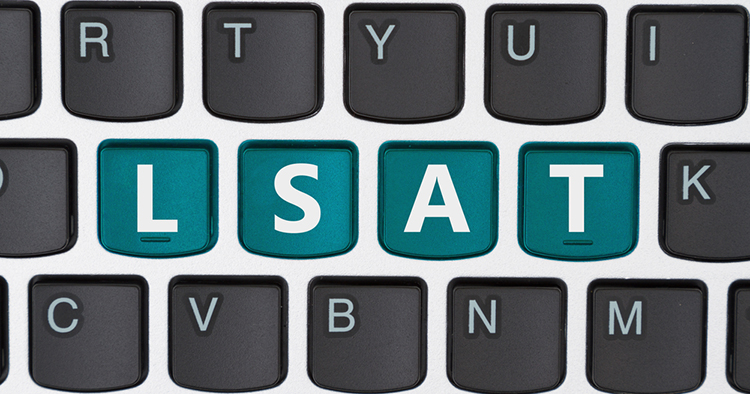Law school overenrollment: A 172 LSAT score may not be what it used to be, according to some

Image from Shutterstock.
Thanks to an increase in law school applicants coupled with rising Law School Admission Test scores, getting admitted from the waitlist is much less likely this year, and in some cases, there are incentives for incoming 1Ls to defer until 2022.
Above the Law reported Monday that various law schools have informed incoming students and applicants on the waitlist that they are overenrolled.
And in May, Law.com reported that applicants with scores between 170 and 174 had increased more than 53% (an LSAT score can range from 120 to 180). This applicant cycle follows the first offering of what’s known as LSAT-Flex, a remote exam. The LSAT is traditionally given at testing centers and has four scored sections and one unscored section. The LSAT-flex, which was introduced because of the COVID-19 pandemic, has three 35-minute scored sections.
For last year’s admissions cycle, a candidate with a 172 LSAT score and a 3.8 undergraduate grade-point average would have likely been accepted to the top eight law schools, says Mike Spivey, a law school admissions consultant for applicants.
“That very well may not happen this year because we are so oversaturated,” says Spivey, who questions whether LSAT-Flex scores were scaled properly. According to him, there are enough people with LSAT scores above 160 in this cycle to fill first-year classes at the top 111 law schools.
“We would say the test is mis-scaled. They had to go very rapidly from a five-section test to a three-section test. No one is faulting them for mis-scaling,” says Spivey, who wrote about the topic at his website, Spivey Consulting.
The Law School Admission Council disputes his statement.
“While it’s tempting to say the LSAT-Flex is easier because it’s shorter, the research doesn’t back up that claim. The data gathered by LSAC suggests that the difference in scores achieved by aspirants between the five-section LSAT and the three-section LSAT-Flex is statistically insignificant,” an LSAC spokesperson wrote in an email to the ABA Journal.
According to the spokesperson, the LSAC has data that shows candidates spent more time studying due to COVID-19 shutdowns, and there were 21,000 more test takers during this cycle than last year’s cycle.
Chad Buckendahl, a psychometrician, says it’s possible the LSAT-Flex scores were not scaled correctly, but there could be other reasons why scores were higher in this cycle.
“I think [Spivey] is potentially overinterpreting the data. When he’s showing a trend, it’s only for the last two to three years,” Buckendahl says. He adds that if people have fears about the economy, applications to graduate schools usually increase. Also, it’s likely applicants had more time to study during the pandemic.
“We may just be reversing the downward trend we saw for a few years, and now we’re back on the uptick,” says Buckendahl, a partner with ACS Ventures.
Meanwhile, others wonder what job outcomes will be for people who graduate from law school in three years, particularly if more people are admitted in 2021. According to ABA data, the class of 2020 had 34,420 members, 69.9% of whom had long-term full-time jobs requiring bar passage.
Comparatively, the class of 2012 had 43,979 members, and 56.2% of them had long-term full-time jobs that required bar passage, according to ABA data.
“A really critical point here is that the improved job outcomes for law school graduates are very clearly 100% a product of reduced class size. These reductions took place involuntarily because of the very sharp decline in the number of people applying to law school,” says Paul Campos, a professor at the University of Colorado Law School. In 2012, he wrote a University of Michigan Journal of Law Reform article titled The Crisis of the American Law School.
“As a matter of social responsibility, I would hope that law schools would look at considerations other than revenue maximization. The great temptation is, ‘We’ve got a lot of demand, let’s increase the class size and not worry about job outcomes.’ But while the job numbers have improved, they’re still not that good,” Campos says.



